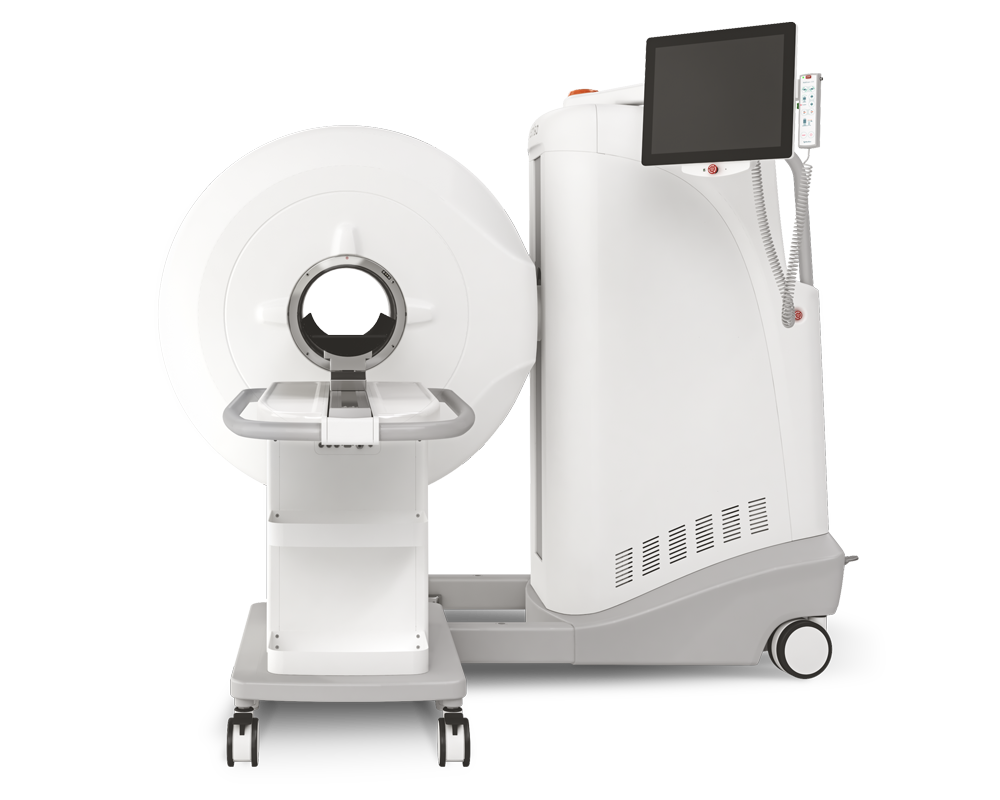CD4+ T cells are homeostatic regulators during Mtb reinfection
2023.12.21.
Joshua D. Bromley et al., preprint, bioRxiv, 2023
ABSTRACT
Immunological priming – either in the context of prior infection or vaccination – elicits protective responses against subsequent Mycobacterium tuberculosis (Mtb) infection. However, the changes that occur in the lung cellular milieu post-primary Mtb infection and their contributions to protection upon reinfection remain poorly understood. Here, using clinical and microbiological endpoints in a non-human primate reinfection model, we demonstrate that prior Mtb infection elicits a long-lasting protective response against subsequent Mtb exposure and that the depletion of CD4+ T cells prior to Mtb rechallenge significantly abrogates this protection. Leveraging microbiologic, PET-CT, flow cytometric, and single-cell RNA-seq data from primary infection, reinfection, and reinfection-CD4+ T cell depleted granulomas, we identify differential cellular and microbial features of control. The data collectively demonstrate that the presence of CD4+ T cells in the setting of reinfection results in a reduced inflammatory lung milieu characterized by reprogrammed CD8+ T cell activity, reduced neutrophilia, and blunted type-1 immune signaling among myeloid cells, mitigating Mtb disease severity. These results open avenues for developing vaccines and therapeutics that not only target CD4+ and CD8+ T cells, but also modulate innate immune cells to limit Mtb disease.
Results from MultiScan™ LFER PET/CT
Experimental design 
This study aimed to determine the role of CD4+ T cells in establishing microbiologic, radiographic, and immunologic outcomes in the setting of Mtb reinfection in cynomolgus macaques. We used antibody-based depletion of CD4+ T cells (hereafter, αCD4) immediately prior to reinfection to assess CD4+ T cells effector functions rather than their roles in establishing adaptive responses to Mtb during primary infection. We compared the outcomes of Mtb reinfection in the setting of αCD4 (reinfection, CD4+ T cell depletion, n=7) with those in animals which received an isotype control (reinfection, IgG antibody infusion, n=6). We also examined primary infection in naïve animals (primary infection only, n=6). Overall, this enabled us to compare the outcome of reinfection to primary infection (IgG vs naïve), and then assess the impact of CD4+ T cell depletion (IgG vs αCD4) (Figure 1A).
- Reinfection with Mtb reduces granuloma formation, as well as bacterial burden and dissemination in a CD4+ T cell dependent manner

Figure 1B PET-CT scan of representative NHPs pre- and post-HRZE treatment. Old granulomas shown with blue arrows; new granulomas shown with green arrows. Left panel: IgG; middle panel: αCD4; right panel: naïve.

Figure 2A Number of new granulomas identified using PET-CT following infection with Mtb library S. Lines represent medians. One-way ANOVA with Dunnett’s multiple comparison test, adjusted p-values reported.
How can we help you?
Don't hesitate to contact us for technical information or to find out more about our products and services.
Get in touch